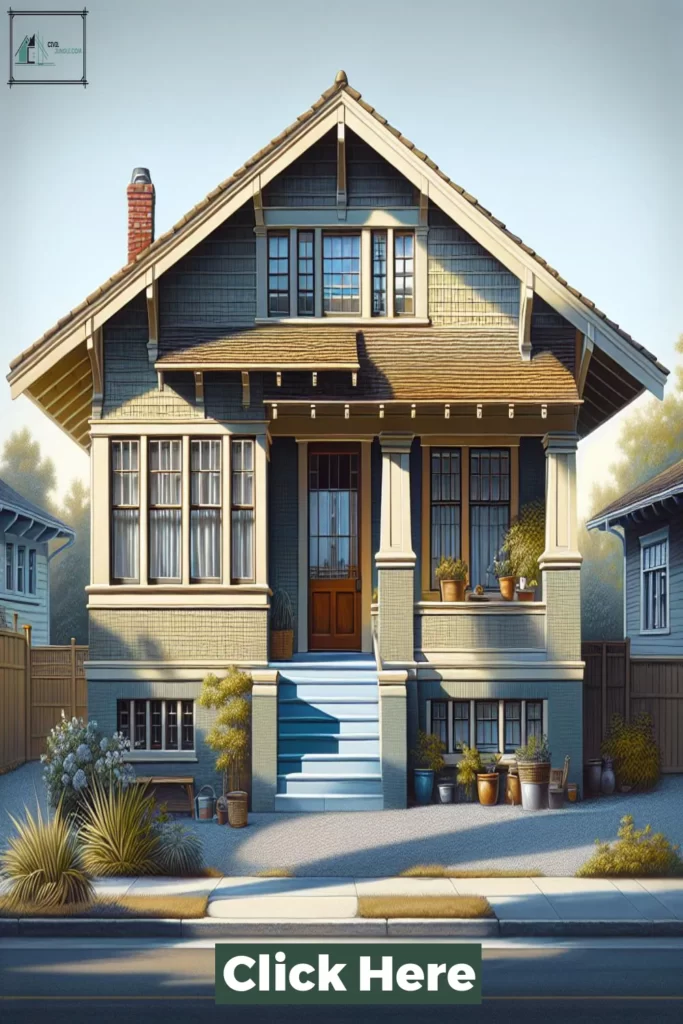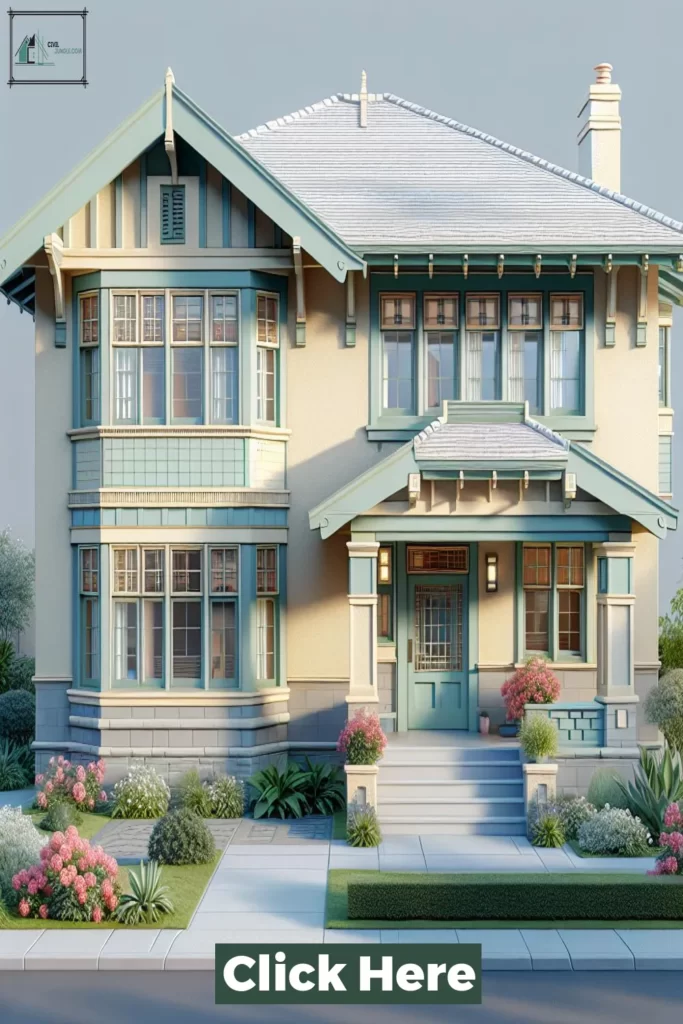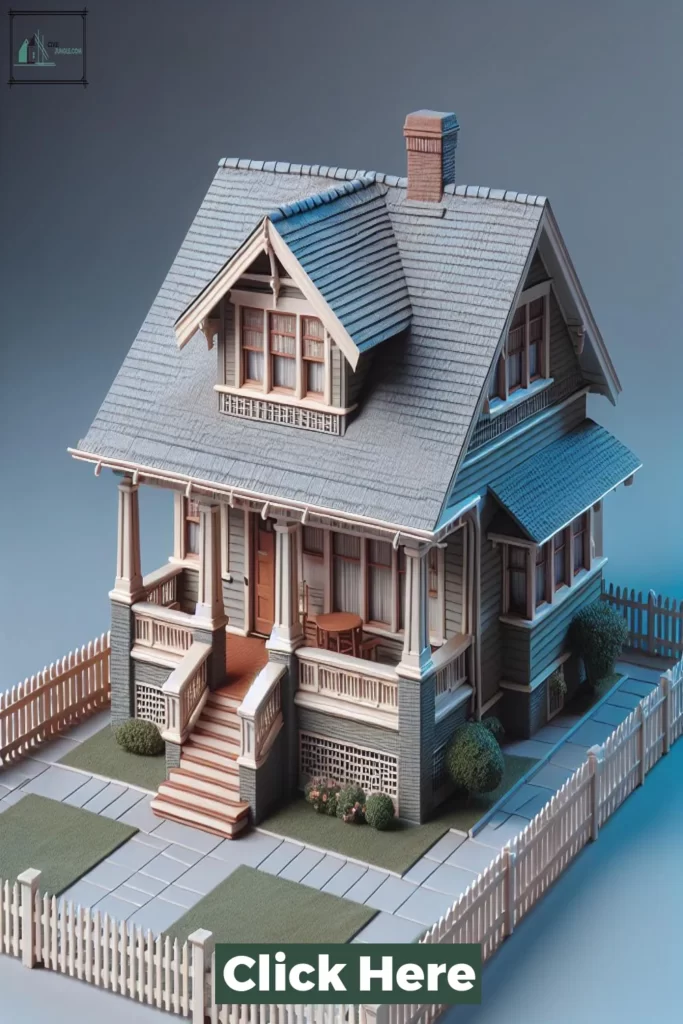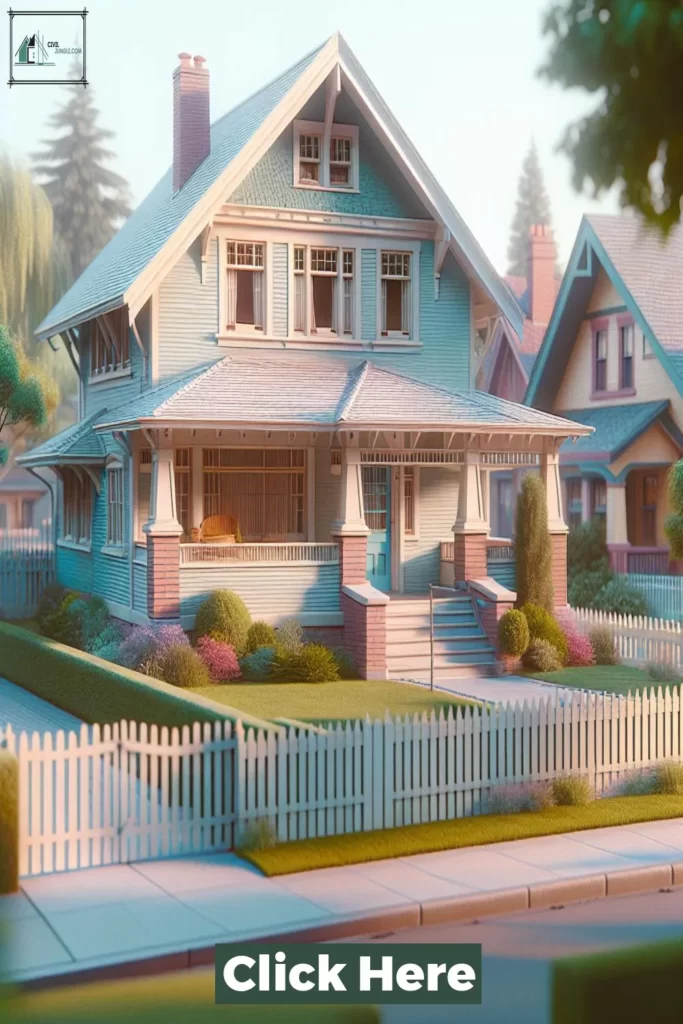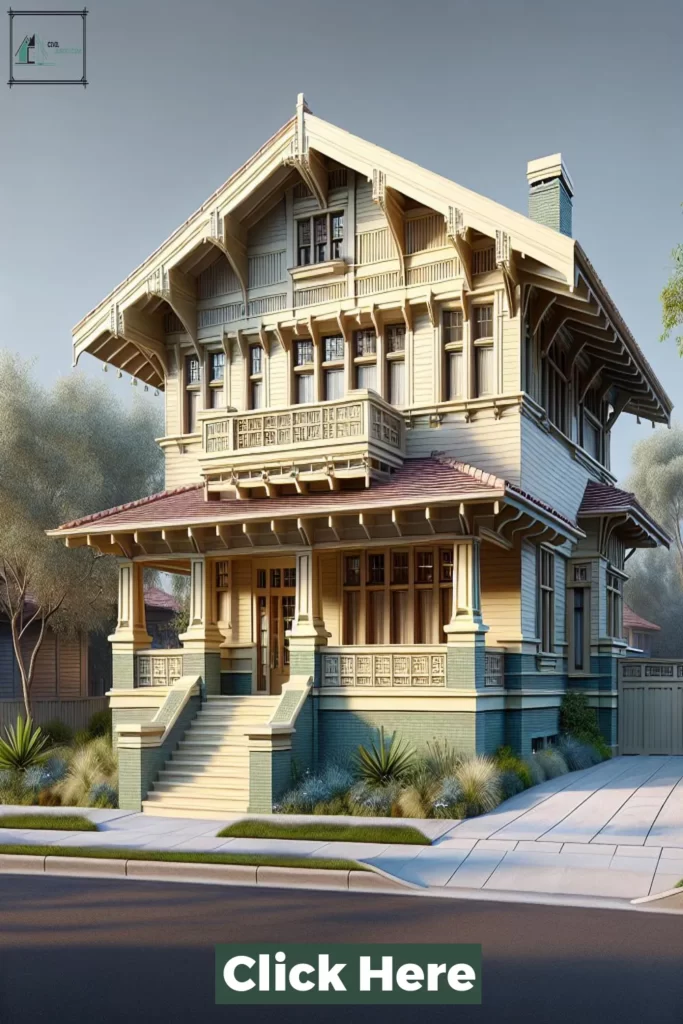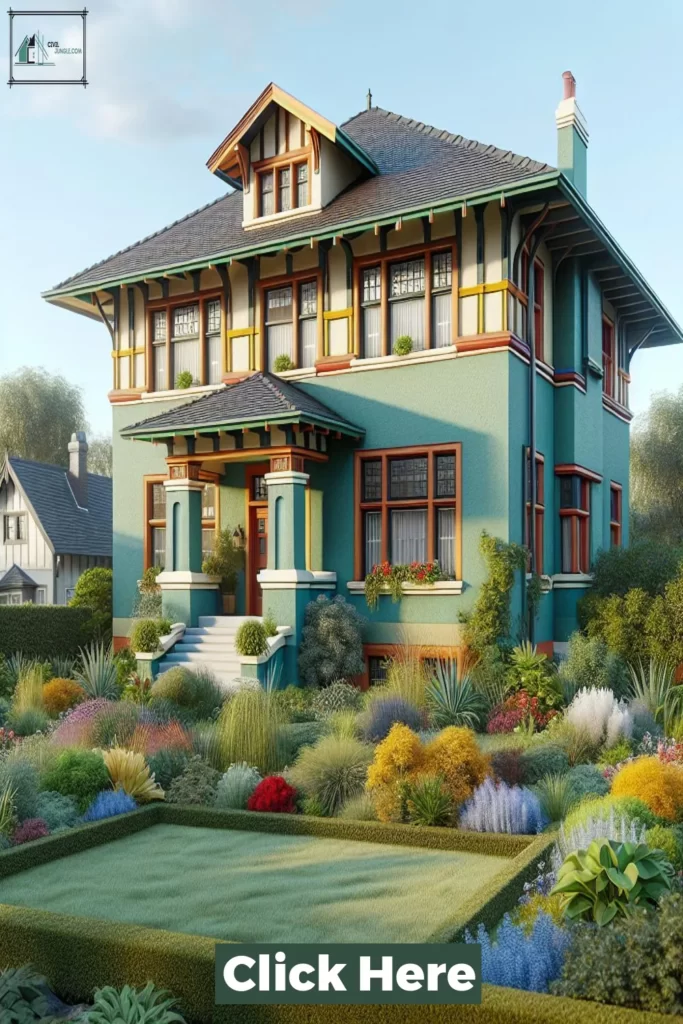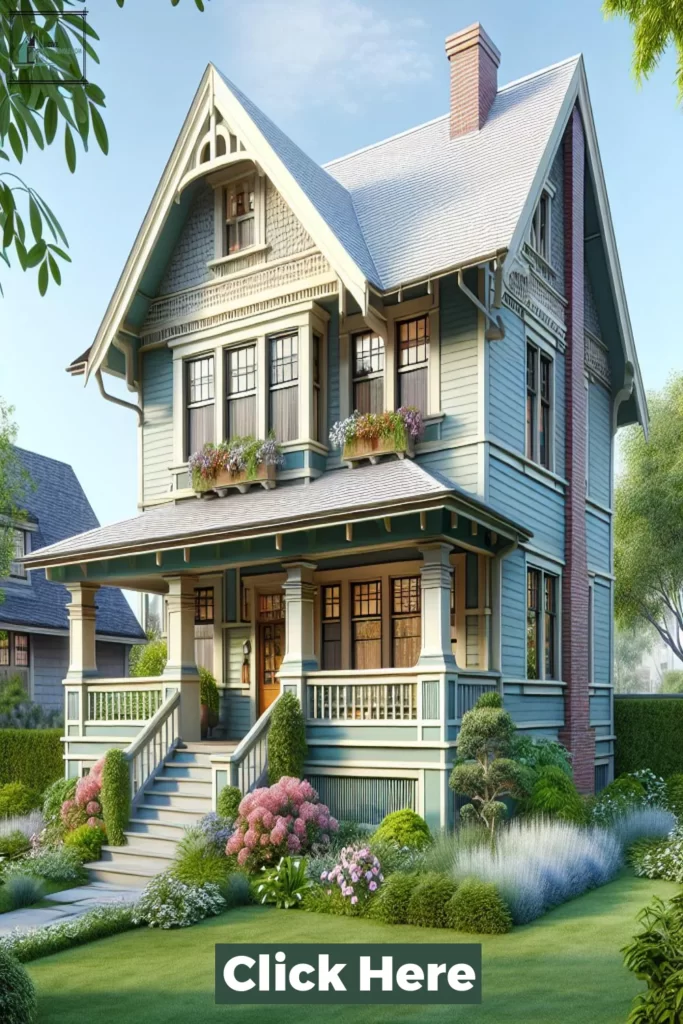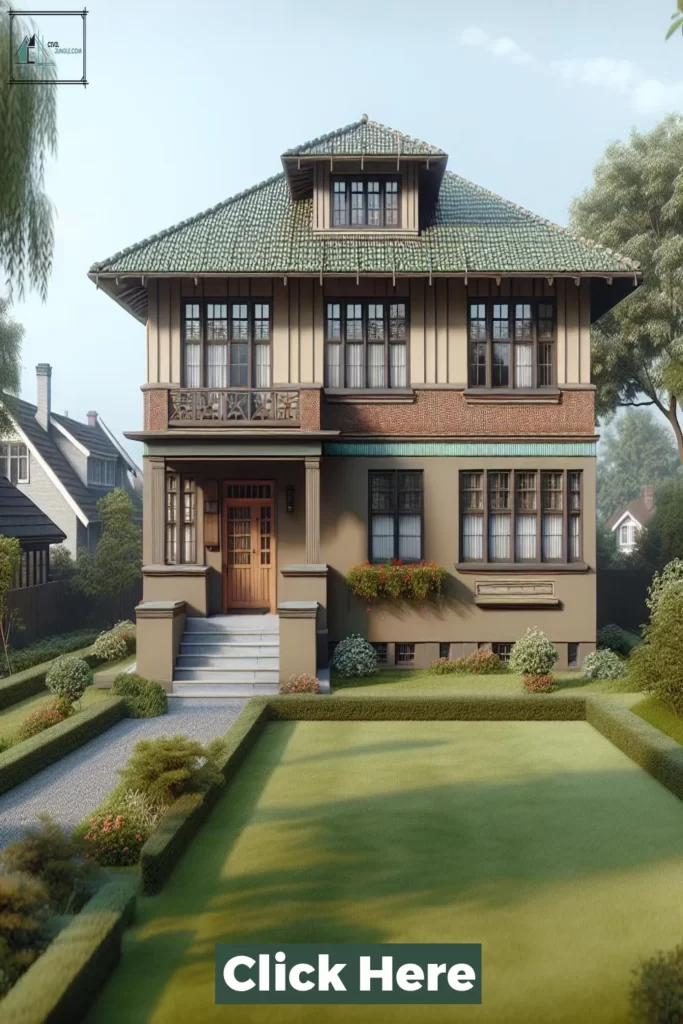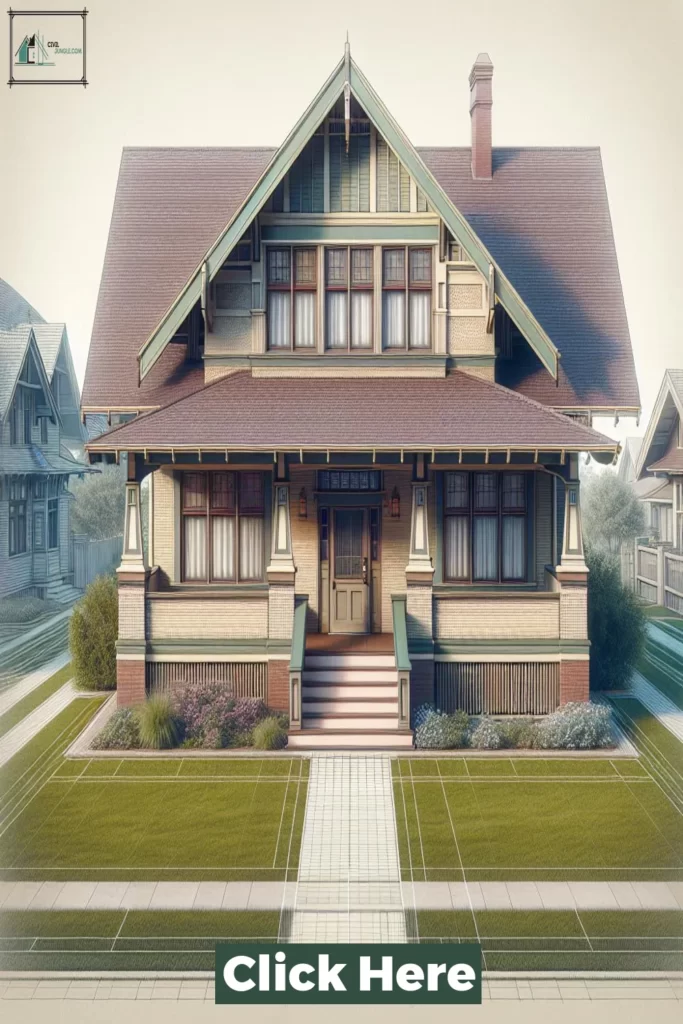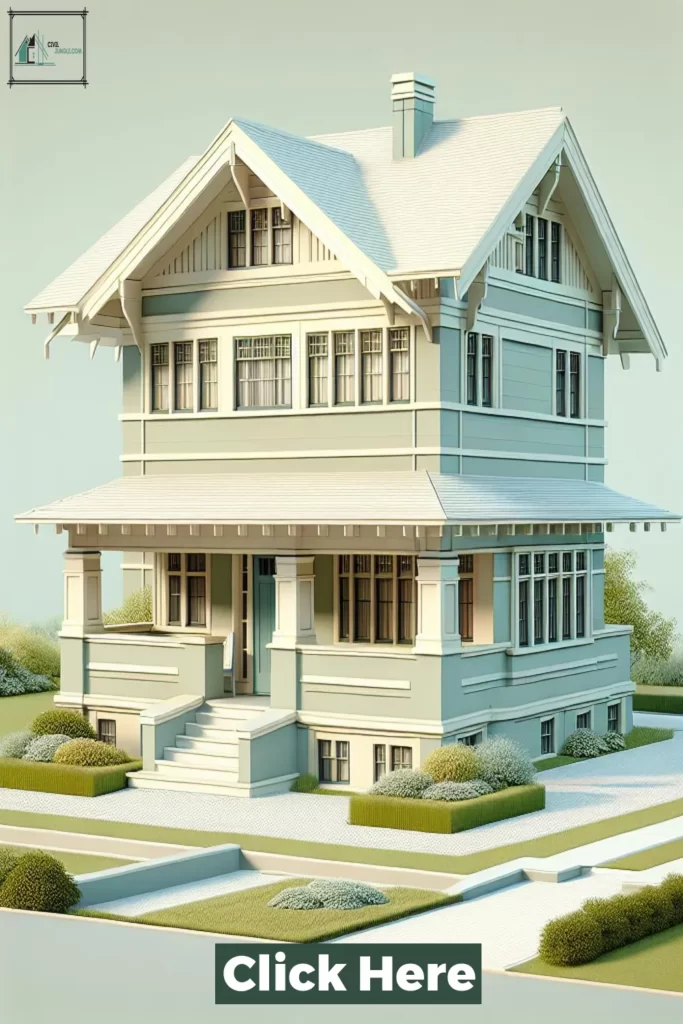The 1930s was a time of transition and creativity in the world of interior design, particularly when it came to house color schemes.
With the rise of modernism and the Art Deco movement, homeowners were looking for new and bold ways to express their personal style within their homes.
The result was a vast array of unique and iconic color schemes that defined the era and continue to inspire designers and homeowners today.
In this article, we will take a look at the top 40 1930s house color schemes that captured the spirit of the times and still hold relevance in modern design.
From warm and cozy palettes to bold and daring combinations, these color schemes will transport you back to a time of elegance and flair in home design.
1930s House Color Scheme
Important Point
Also, Read: Top 8 Lake House Color Schemes
Also, Read: Top 12 Stucco House Color Schemes
The 1930s marked a significant period in time for house color schemes. As modern architecture and technology began to evolve, traditional Victorian and Colonial color palettes were quickly replaced with brighter, bolder, and more vibrant hues.
One of the most popular color schemes during the 1930s was the Art Deco style, characterized by its use of bold geometric shapes and rich, deep colors.
Houses in this style often featured a combination of vibrant hues such as yellow, turquoise, and red, paired with black and white accents.
Another popular color scheme during this decade was the Colonial Revival style. This style drew inspiration from early American homes and embraced a more muted color palette.
Colors such as soft creams, pale blues, and light greens were commonly used on the exterior of houses, giving them a classic and timeless look.
In contrast, the modernist style emerged in the 1930s as a movement that embraced simplicity and functionality.
Houses in this style were often painted in neutral, earthy tones such as beige, tan, and brown. These colors were often used in combination with sleek white trim to create a clean and modern look.
Finally, the farmhouse style also gained popularity during this decade. These homes often featured a more rustic and natural color scheme, with shades of gray, brown, and green.
Sometimes, homeowners would use bold colors like red or blue for accents, but overall, the focus was on creating a warm and cozy atmosphere.
No matter the specific style, the 1930s house color schemes reflected the changing attitudes towards design and architecture during this time.
Gone were the dark, somber colors of the earlier Victorian era, and instead, people were embracing new technologies and brighter, more cheerful colors.
As a civil engineer, I understand the importance of choosing the right color scheme for a house. Not only does the exterior color impact the overall look and feel of the home, but it can also affect things like energy efficiency and maintenance.
It is essential to consider factors such as climate, location, and surrounding environment when selecting the hues for a house.
Conclusion
In conclusion, the 1930s brought about a diverse range of color schemes for houses and buildings. From vibrant hues of green, blue, and red to more muted tones of beige and gray, the Top 40 1930s House Color Schemes showcase the bold and innovative designs of the era.
With influences from Art Deco, Modernism, and traditional styles, these color schemes continue to inspire and add character to homes even today.
Whether you are looking to add a touch of nostalgia or seeking a timeless and classic look, the 1930s color schemes have something to offer for every taste and style.


